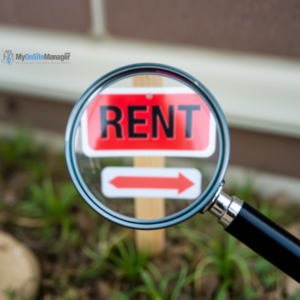In recent years, the retail landscape has undergone significant transformation, with prime business and mixed-use districts experiencing a notable surge in rental rates. This trend highlights the increasing demand for high-quality retail spaces in dynamic urban areas, driven by evolving consumer preferences, limited space availability, and the appeal of vibrant, well-curated environments.
The State of Retail Rents in Urban Districts
According to a comprehensive report by CBRE, downtown markets in the U.S. have seen a significant increase in availability rates compared to suburban markets, with an average disparity of 88 basis points as of the third quarter of 2024. This marks the largest gap in availability between these markets since the early 2000s. Despite these higher availability rates in some downtown areas, specific urban districts continue to demonstrate resilience and robust growth in retail rents.
CBRE’s analysis categorizes these urban districts into four distinct types:
- Prime Business Districts: These downtown areas boast a mix of premium retail spaces alongside prime or trophy office buildings, creating a prestigious environment that attracts high-end retailers and consumers.
- Vibrant Mixed-Use Districts: These districts seamlessly blend residential spaces, entertainment venues, street-level retail, and prime office spaces, fostering a lively, multifaceted atmosphere.
- Non-Prime Business Districts: While these areas lack prime office spaces, they benefit from limited space availability, making them attractive to mid-tier retailers.
- Mixed-Use Districts Without Prime Office Spaces: These regions, characterized by higher availability rates, are often less competitive but may still offer potential for future development.
The data reveals that prime business and vibrant mixed-use districts are experiencing stronger rent growth than their non-prime counterparts. This can be attributed to the sustained demand for quality spaces in areas offering a dynamic mix of amenities and services.
Global Trends in Retail Rents
The trend of rising rents is not confined to the U.S. Globally, prime retail locations are commanding higher rents, reflecting the universal appeal of high-quality urban shopping districts. For instance, Milan’s Via Monte Napoleone recently overtook New York City’s Fifth Avenue as the world’s most expensive shopping street, with annual rents reaching an impressive $1,959 per square foot—an 11% increase from the previous year. This milestone marks the first time a European street has claimed the top spot, highlighting the growing demand for premium retail spaces in major international cities.
Urban Versus Suburban Markets
While suburban retail markets have benefited from the ongoing remote work trend, prime urban and mixed-use districts remain competitive. These areas offer more than just shopping opportunities; they provide an immersive experience that combines retail, entertainment, and social interaction. This multifaceted appeal is particularly attractive to retailers seeking to differentiate themselves in a competitive market.
The growth in rents for prime and vibrant mixed-use districts also reflects a broader shift toward urbanization and the reimagining of downtown areas as hubs of activity. By combining retail with residential and entertainment components, these districts are becoming increasingly attractive to both retailers and consumers.
Conclusion
The surge in retail rents in prime business and mixed-use districts underscores the importance of location, quality, and a curated mix of offerings in the modern retail landscape. While suburban markets continue to thrive, the resilience and growth of urban districts highlight the enduring appeal of vibrant, amenity-rich environments. Retailers and investors looking to capitalize on this trend would do well to focus on these high-demand areas as they plan for the future.
Source: Retail Rents Rise in Prime Business and Mixed-Use Districts

